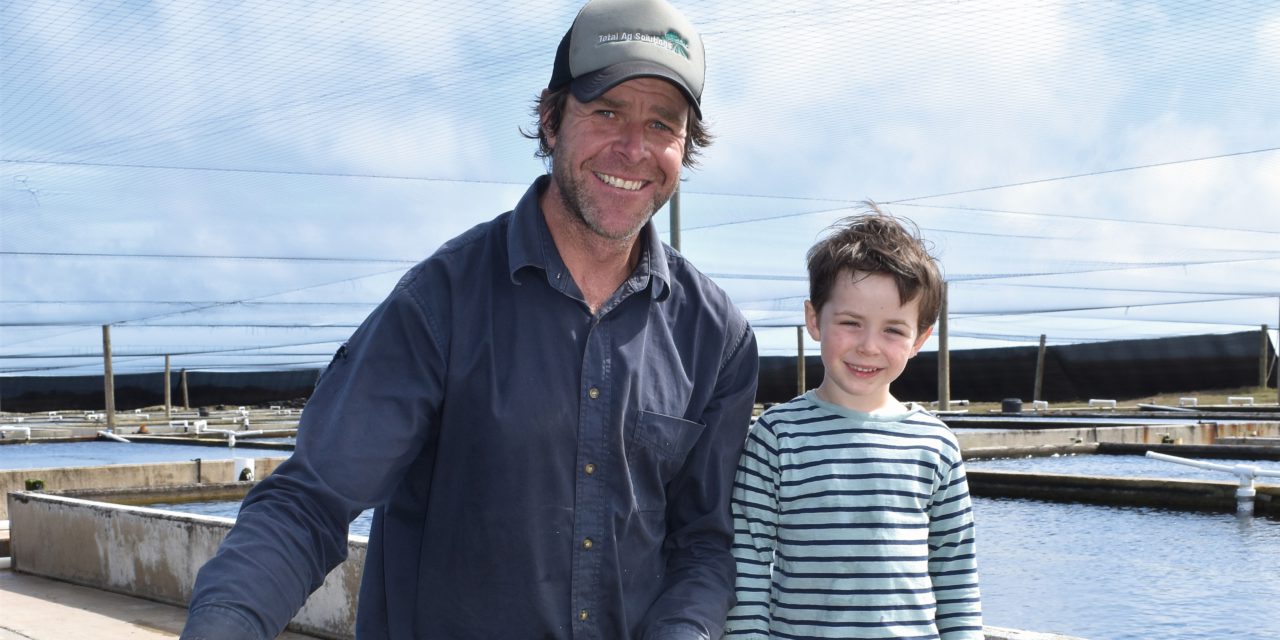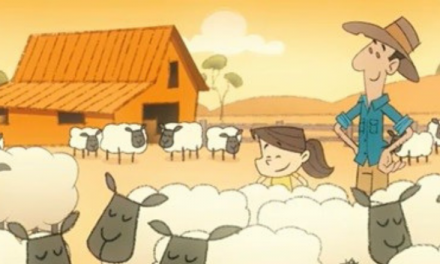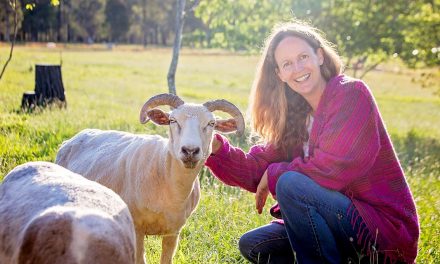During her recent Tour de Tasmania and its legion of small farms — on land and at sea — SOPHIE BALDWIN bumped into JST Abalone, named for its three founders. Their product is one of very few abalone enterprises in the whole country and its three owners are spread across Victoria and Tasmania
WHEN mates Joel Gilby, Shane Smith and Tom Peddie got the opportunity of a lifetime to purchase their dream business they jumped at it.
Farmed abalone might be a bit of a niche market in Australia, but to these mates it is the perfect business.
Nestled at the bottom of a rolling hill close to the sea on the Stanley coastline in northwest Tasmania, JST Abalone is one of only 12 farmed abalone businesses operating in the country.
For Joel the business is an absolute dream because abalone are something with which he has always been fascinated.
“I was doing a science degree when I was given the opportunity to do some work experience at an abalone farm in my hometown of Portland, across the Bass in southwest Victoria,” he said.
“At the time I thought that was pretty cool because I used to dive for them when I was a kid, and now abalone is my passion,” Joel added.
Joel is the managing director of the business and the only owner who lives in Tasmania (the other two are in Victoria).
“I am the one who got the lucky ticket to come over to Tasmania with my wife and two kids. I like to be in on the action and get my hands dirty, so I am very involved in the physical side of the business, while the other two look after the accounts and the other stuff.”
The life cycle of the farmed abalone from conception through to sale is completed during an average three-year growth period, but they can be harvested as early as 2.5 years of age.
Harvest weight is around 80 gm.
While it is a technical process Joel says in simple terms, the sperm is essentially mixed with eggs in a bucket for fertilisation — one female can produce two million eggs and only the best swimming larvae are selected to ensure strong genetics.
The males and females are induced to spawn with the use of temperature and ozone.
Fertilised eggs hatch into free swimming larvae after 20 hours.
The larvae spend the next six days in the hatchery living on the nutrition from the yolk sack before they are set on plastic sheets in nursery tanks and are provided a diet of algae.
At six months they are weaned onto a cereal-based protein pellet (which is almost as rare as hen’s teeth) and there are only three feed companies producing the feed in Australia.
“Abalone have great conversion rates, 1.2 kg of feed equals 1 kg of growth because they lead such a sedentary life and don’t move too far,” Joel said.
After the time in the nursery tanks, the abalone are graded and moved into a different tank according to size — they are only graded twice in their life cycle.
Around 600 litres of sea water per second is pumped to the abalone to meet their oxygen requirements. The water then goes through a series of settling ponds before it is recycled back out to sea.
“This is a massive seafood producing area; including lots of lobster, scallop and squid and keeping the water pristine and clean is essential for all of us in the business which is why we are continually monitoring our water quality.”
It has been a busy four years for the trio after they had acquired the run-down business from an investor in 2016.
“Our knowledge is getting better and better each year, and everyone helps everyone else by sharing information, except the corporates who like to keep everything to themselves.”
Joel said while abalone might be a small industry, it is certainly a growing one.
“Last year we produced 52 tonnes and this year we should hit 70 tonnes,” Joel said.
“We are limited by the number of concrete tanks we have and the volume of water we can pump — with our current infrastructure production would be limited to 80 tonne.”
Joel said the biggest costs the business face are labour, electricity and feed.
“We have a great crew which includes nine full-timers, four part-timers and a bit of seasonal labour.”
Abalone are essentially large sea snails and according to Joel they have a signature texture; a bit like calamari. They can be pan fried, baked or slow cooked and the options for eating are endless.
It has always been part of the business plan for the boys to launch their own brand to diversify their market and bring abalone to the everyday consumer.
“We have a good presence in the live domestic and export market.
“Now we are looking for longevity in our business and even though none of us are marketers we really want to grow and produce quality products for people across a wide range of markets.”
The live export market has currently been decimated by the corona virus, but the business is expecting that to come back online when exports crank up, it will just be a matter of survival in the short term.
The boys are in the process of getting a brand sorted and have also jumped on board to support the establishment of a local seafood co-op in Stanley.
“This is a fresh seafood region but you couldn’t buy it in small lots anywhere, so our involvement has been a bit of fun.
I have never done retail before so its been good to get out and chat to the customers and I have found they are really interested in what we do and what we produce and people have really got behind it and supported the co-op,” Joel said.
Contact:
Ph: 0499 145 281








